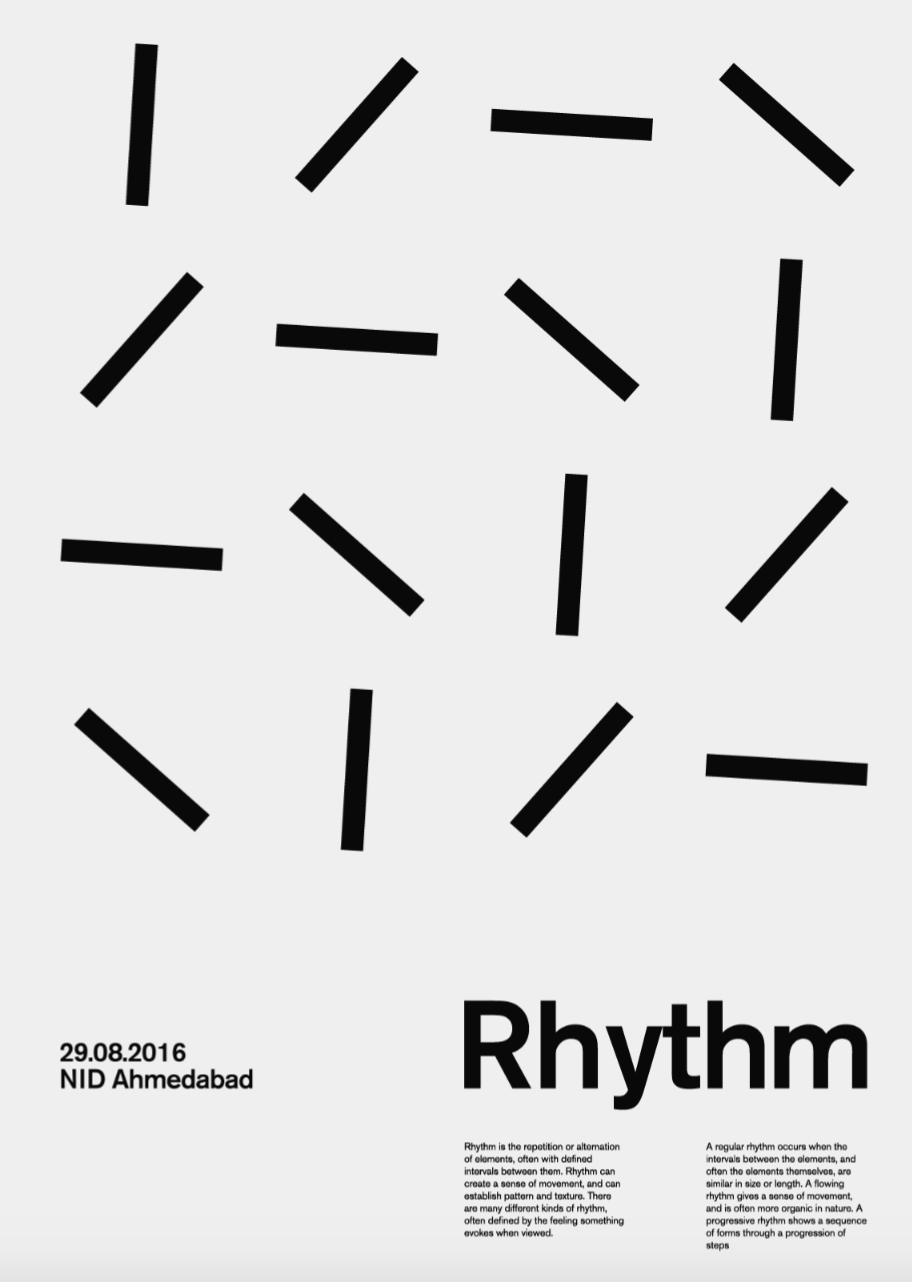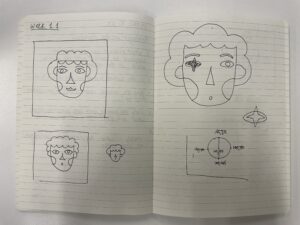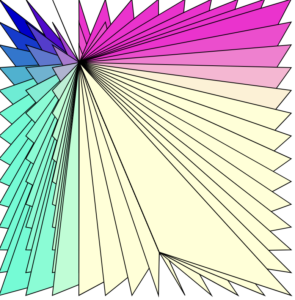Concept & Inspiration.
How do we understand time? How do we grasp its relativity, and how does time differ across the globe in each corner of the world?
These questions came to mind as I reflected on the nature of time. My inspiration came from a piece of artwork I encountered on Pinterest titled “Rhythm.” As I observed the moving rectangles in the artwork, they reminded me of the movement of a clock. But what do these many clocks represent? For me, they symbolized two key ideas: (1) the relativity of time, and (2) the global nature of time, with its 24 time zones that shape the rhythm of life around the world.
Additionally, I drew heavy inspiration from a talk by Casey Reas, which I reflected on in a recent writing assignment. His discussion on randomness and order heavily influenced the way in which I approached my work.

Highlights.
In my interpretation, the background of the piece represents a chaotic flurry of clock dials, moving at a faster pace than the clock hands themselves. This fast-paced, seemingly erratic animation of ellipses symbolizes the relativity of time—its ability to feel both slow and fleeting, elusive and constant. Through this hectic background, I aimed to convey how time can feel overwhelming, moving quickly yet still slipping away before we can fully grasp it.
One aspect I’m particularly proud of is the grid of 24 clock hands, which I arranged to move with a calculated precision. Each clock hand is offset by PI/6 radians, representing a one-hour difference in the 24 time zones of the world. Although the movement of the arrows may seem chaotic when viewed all at once, there’s an underlying pattern — each line is meticulously timed to reflect the rhythm of global time. I have also learnt how to implement such functions as push() and pop().
for (let lineX = 0; lineX < 4; lineX++) {
for (let lineY = 0; lineY < 6; lineY++) {
push();
translate(100 + lineX * 120, 100 + lineY * 120);
let offset = (lineX * 6 + lineY) * PI / 6;
rotate(baseAngle + offset);
line(-50, 0, 50, 0);
pop();
}
}
Reflection.
I loved working on this project, as it gave me opportunity to master the basic knowledge of loops (specifically, “nested loops” which I got particularly curious about during the class). Furthermore, I aimed to focus more on the idea and conception (relying on the talk by Casey Reas and “randomness in order”), and gave myself more time to understand what I want to achieve before sitting to code.
Probably, the only thing I could not figure out is how to properly indicate time in numerical aspect in my artwork. In the future, I would like to create more sophisticated animated shapes so the idea is conveyed clearly.
In essence, this piece is an exploration of time’s complexity — how it can be experienced in so many different ways, how slowly yet at lighting speed it can pass by, and how it is governed by a specific order we all live within.
Embedded Sketch.



